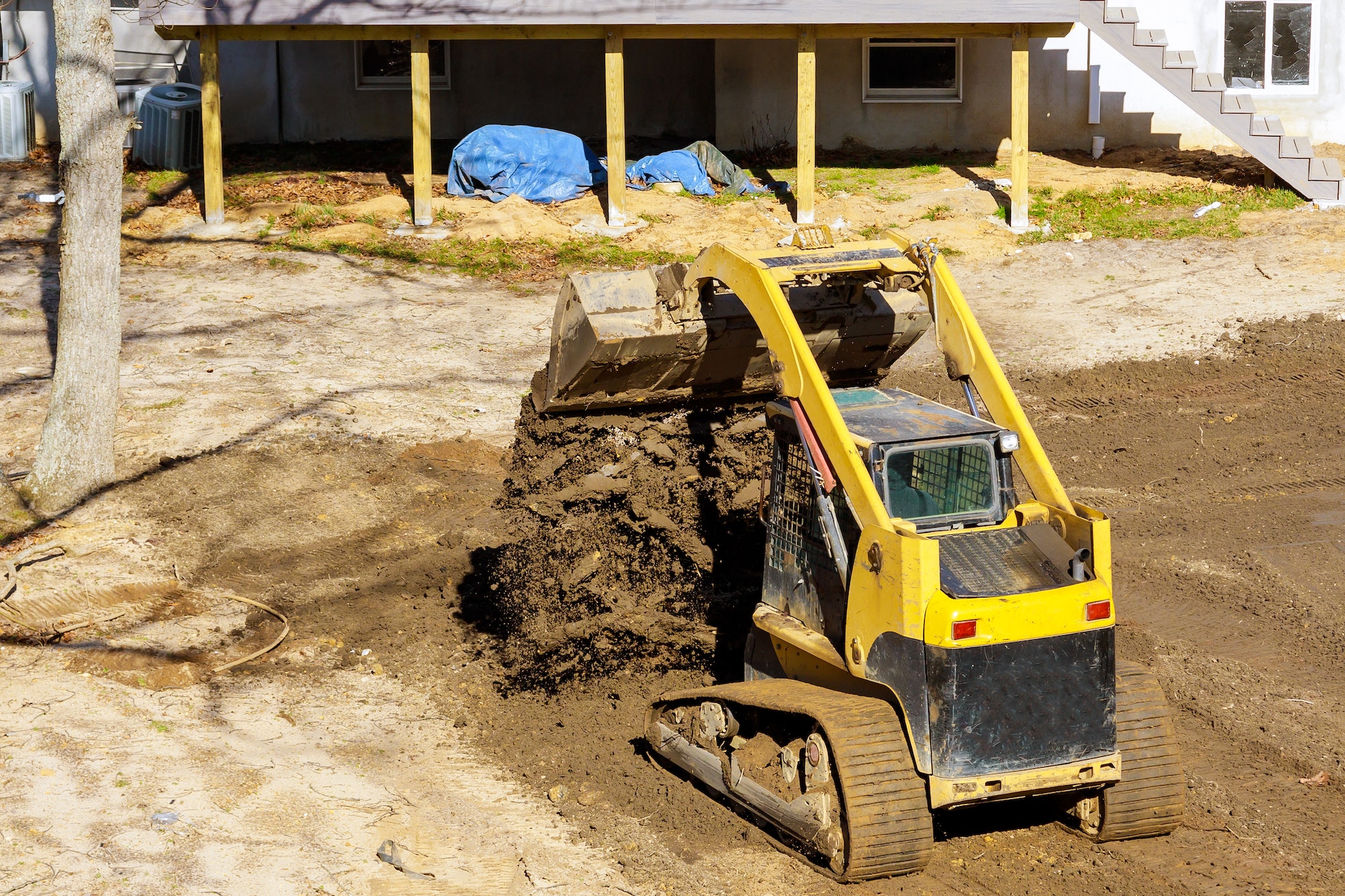To prepare a construction site, you must work diligently with your general contractor and communicate effectively. Whether you need to make arrangements for homeless encampment cleanups or calculate utility placement, it’s always best to have a plan. Let’s take a closer look at a few steps to prepare your construction site before breaking ground.
Have a Plan
Have a well-defined plan. Be aware of the scope of the project and the impact it will have before you approach a contractor:
- Your budget
- Proposed building sites
- Current plans
- Initial drawings
- Future plans
Be careful not to overextend yourself or your budget. Plan your budget, but leave yourself some wiggle room for unforeseen circumstances. Planning your finances effectively will prevent you from being overcharged and unable to pay your bills. At the very least, you can afford your creditors’ debt payments.
Geology Analysis
Each soil composition affects construction differently. Consider the following examples:
- When mixed wrong, silt-based compositions don’t work as well as cohesive soils with a high clay content.
- Foundations shouldn’t be built on organic soils like peat or decaying vegetation because they’re sponge-like.
- Compaction and drainage are good features of granular soils containing high levels of sand or gravel.
In addition, explosives may be required to excavate intrusive rock formations. Water or gas pockets under the surface of the ground pose a great hazard and should be investigated.
Site Planning
Assess the site with your property manager to communicate these physical realities effectively to the general contractor. Developing a sound strategy begins with a discussion of your site’s details.
It is easy to underestimate how complicated even the simplest construction site can be. Many factors may be at play even if a site appears flat and square. Surveys should clearly understand the site layout and natural and artificial surfaces. Your architects and contractor will develop an action plan and detailed drawings.
Safety
Unless you have proper signage and physical barriers around the perimeter of your construction site, it can be a dangerous place. Construction sites can look like alternative playgrounds to children. Free scrap metal could be stolen or damaged by vandals. The site development contractors are responsible for much of the public safety once they take over the location. Construction signs, fences, and other barriers should indicate that the site is active.
Permits and Zoning
A contractor or architect experienced in permits can often handle the paperwork for you. Other times, you will need to apply for a variance or special use permit from your local Zoning Board. The government will want to know how your property upgrades will affect the neighborhood and the surrounding properties. Any negative effects on the environment will also be investigated.
In addition, ensure that all contractors and subcontractors are properly insured before moving forward with the project. Construction insurance protects workers, site owners, and any project visitors in the event there are any damages.
Logistics and Sourcing
There is a good chance your contractor has preferred vendors for the materials he will use. There may be other sources that you are considering. From a logistical standpoint, the location also influences the most appropriate sources. Heavy loads of construction materials and demolition debris may have to be trucked in and out. A plan should be created to plan trucking routes for materials that will work, including bridge routes and busy roadways.
Environmental Regulations
Certain environmental regulations violations are punishable both civilly and criminally. The fines could be as high as $27,500 per day or as much as $250,000, and 15 years in prison if the offense is repeated. Whether it’s stormwater runoff or volatile chemicals, there are mandatory procedures and penalties for non-compliance. Get on the same page with your contractor and develop an action plan if your project requires or produces hazardous materials.
There is much more involved in a construction site besides the large machinery and busy workers. There is a detailed process of planning and paperwork that happens long before the ground site is broken. If you are starting a construction project, work with your contractor to create a plan including these steps to help prepare your site for your build.
Discover more from Futurist Architecture
Subscribe to get the latest posts sent to your email.



